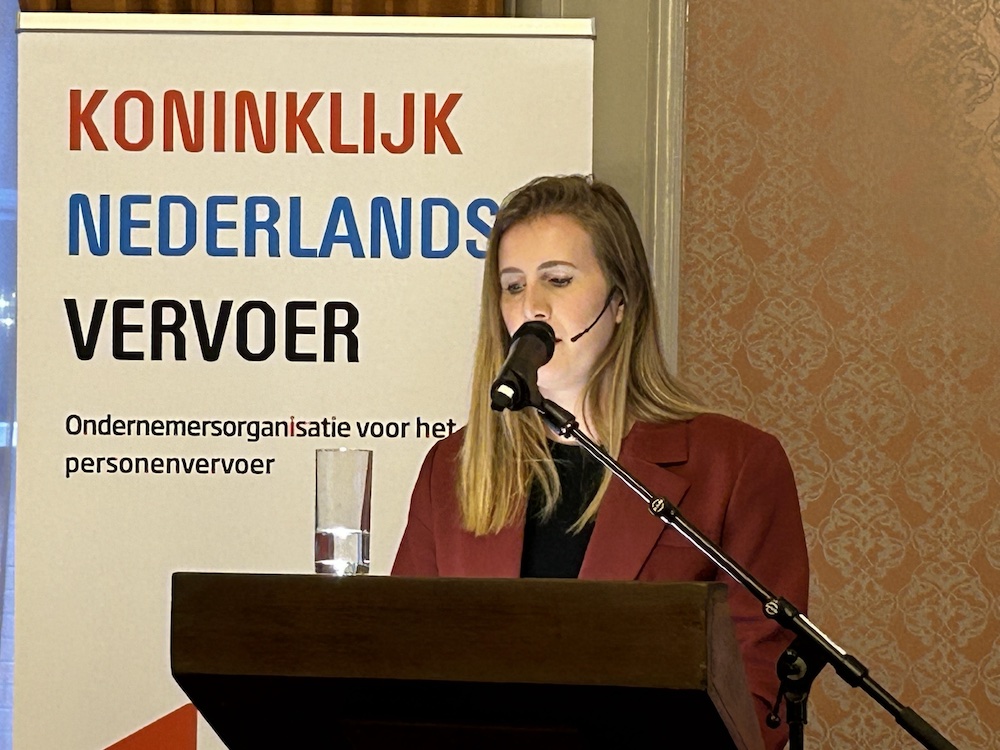The 3 percent reduction in the number of cars indicates a modest impact, but it also raises questions about the most effective methods to manage traffic flows and improve urban livability.
In an attempt to reduce traffic in the Amsterdam city center, the municipality of Amsterdam carried out an experimental 'cut' in Weesperstraat last summer. The aim of this temporary closure, which lasted six weeks, was to examine traffic flow in the heart of the city and to encourage alternative routes and modes of transport.
From the recent published evaluation shows that the number of cars in the entire city has decreased by only 3 percent. This result raises questions about the effectiveness of such drastic measures.
"We have learned a lot from the test on Weesperstraat. About traffic, air quality, noise pollution, perception in the neighborhood and effects on different target groups. And that we need to involve the city even more in these types of measures."
Municipality of Amsterdam
During the trial, 18 percent fewer cars drove in the area. It also became quieter in the rest of Amsterdam; there were 11.000 fewer cars than normal (3 percent). Traffic flow in the city improved by 2 percent. The closures mainly resulted in a decrease in traffic that did not have a destination in the trial area. And that was exactly the intention.
disruptions
The 'cut' in Weesperstraat and the surrounding roads caused significant disruptions, especially for the taxi industry and emergency services, but also for local residents and entrepreneurs who complained about poor accessibility. Despite the objective of improving road safety and making the city more liveable, the number of traffic accidents remained the same.

Now that a hard cut will definitely not be followed up, the question is what a 'softer cut' should look like.
Councilor Melanie van der Horst, who is responsible for traffic policy in the city, acknowledged that the pilot period was challenging for emergency and emergency services. Driving times to and through the pilot area were longer, with ambulance journeys taking an average of 15 seconds longer and fire brigade journeys taking 35 seconds longer. Moreover, the system that allowed emergency services through barriers via special 'transponders' did not always function properly.
Despite the criticism and mixed results of the trial, the municipality, led by Van der Horst, decided not to end the trial prematurely. The councilor ultimately concluded that a permanent 'hard cut' on Weesperstraat is not a desirable solution to the traffic problems in Amsterdam. The evaluation also emphasized the importance of better communication and consultation with residents and other stakeholders in future traffic interventions.




